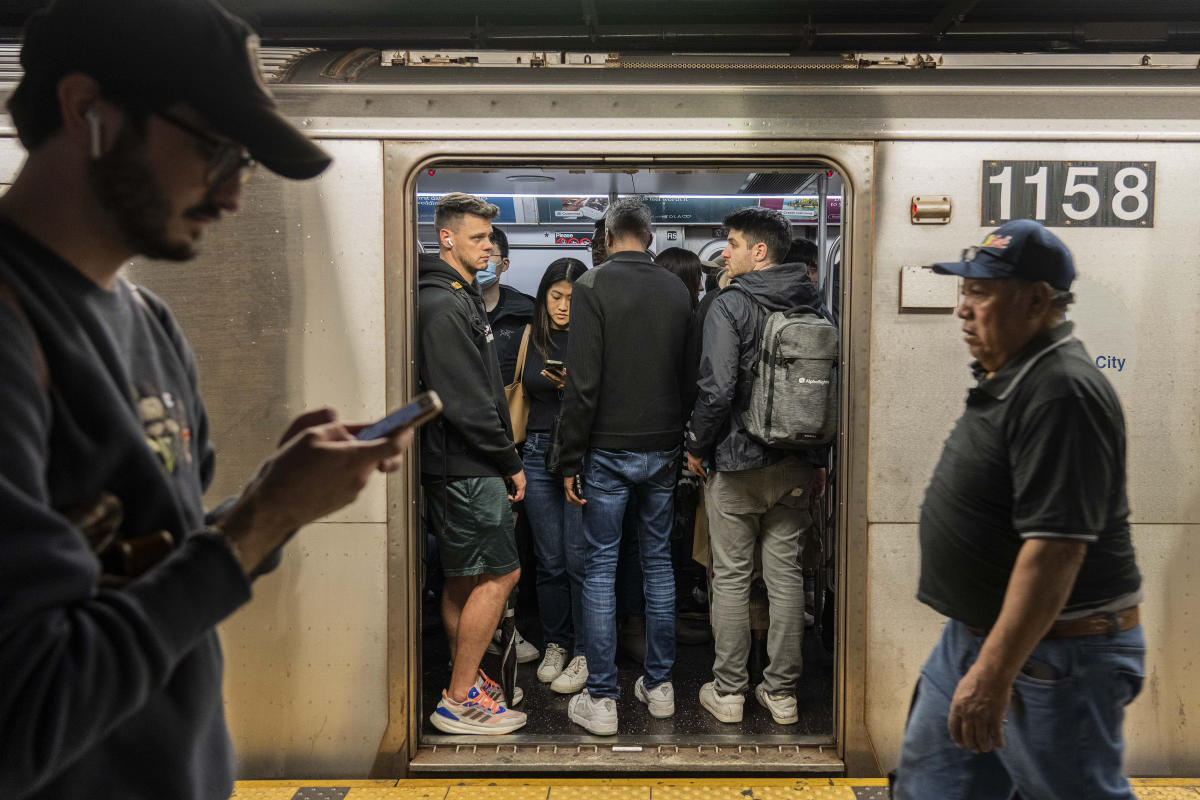You are here
Poor indoor air quality still a problem in reducing transmission of Covid and other viruses
Primary tabs
 Why We’re Still Breathing Dirty Indoor Air In early 2020, the world scrubbed down surfaces, washed hands and sneezed into elbows, desperate to avoid infection with a new coronavirus. But the threat was not really lying on countertops and doorknobs. The virus was wafting through the air, set adrift in coughs and conversation, even in song. The pandemic raged for six months before global health authorities acknowledged that it was driven by an airborne virus. Sign up for The Morning newsletter from the New York Times With that revelation c Yahoo News
Why We’re Still Breathing Dirty Indoor Air In early 2020, the world scrubbed down surfaces, washed hands and sneezed into elbows, desperate to avoid infection with a new coronavirus. But the threat was not really lying on countertops and doorknobs. The virus was wafting through the air, set adrift in coughs and conversation, even in song. The pandemic raged for six months before global health authorities acknowledged that it was driven by an airborne virus. Sign up for The Morning newsletter from the New York Times With that revelation c Yahoo News In early 2020, the world scrubbed down surfaces, washed hands and sneezed into elbows, desperate to avoid infection with a new coronavirus. But the threat was not really lying on countertops and doorknobs.
The virus was wafting through the air, set adrift in coughs and conversation, even in song. The pandemic raged for six months before global health authorities acknowledged that it was driven by an airborne virus.
With that revelation came another: Had indoor air quality ever been a priority, the pandemic would have exacted a far lighter toll in the United States.
More than three years later, little has changed. Most Americans are still squeezing into offices, classrooms, restaurants and shops with inadequate, often-decrepit ventilation systems, often in buildings with windows sealed shut.
Scientists agree that the next pandemic will almost certainly arise from another airborne virus. But improving air quality isn’t just about fighting infectious diseases: Indoor pollution can damage the heart, lungs and brain, shortening life spans and lowering cognition.
And wildfires, outdoor air pollution and climate change will quickly preclude Band-Aid solutions, including simply opening windows or pumping in more air from outside.
Instead, the nation will have to begin to think about the indoor air — in schools, restaurants, offices, trains, airports, movie theaters — as an environment that greatly influences human health. Improving it will require money, scientific guidance on how clean the air needs to be and, most crucially, political will to compel change.
“The push for clean water is considered one of the 10 biggest public health advances of the last century, and air should be no different,” said Linsey Marr, an expert at Virginia Tech in airborne transmission of viruses.
Federal and state laws govern the quality of water, food and outdoor pollution, but there are no regulations for indoor air quality overall, only scattershot limits on a few pollutants. Nor does any single federal agency or official champion the cause.
Without building codes or laws to enforce them, efforts to address air quality have so far been patchy. Some cities, school districts and businesses have forged ahead on their own. But by and large, Americans are still breathing the indoor air that set the stage for the pandemic.
“Everyone just does the minimum,” said Shelly Miller, an aerosol expert at the University of Colorado Boulder.
The real obstacle now, experts said in interviews, is the lack of leadership — a federal agency or even a ventilation czar to enforce recommendations and set the nation on a long-needed course to improve indoor air quality.
...



Recent Comments